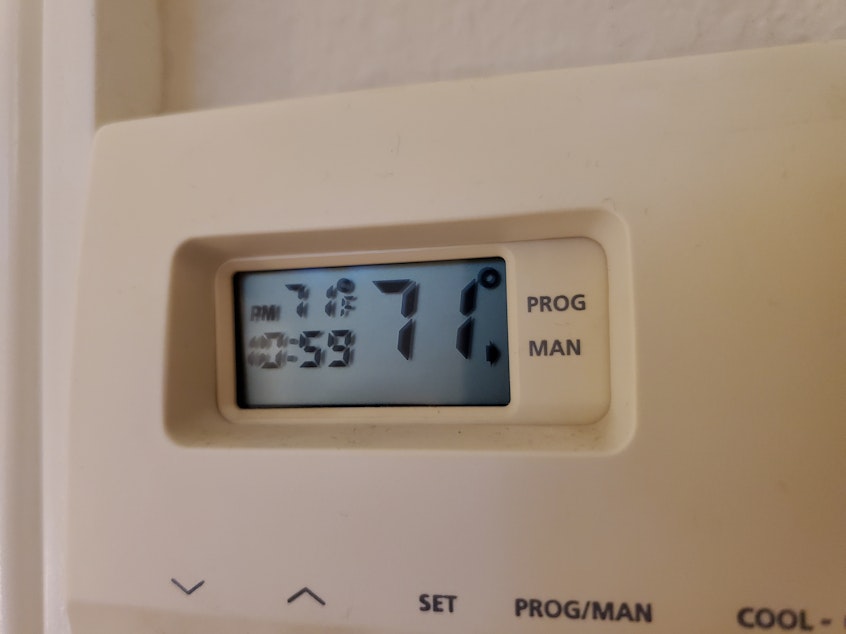Tackling 'Energy Justice' Requires Better Data. These Researchers Are On It

Poor people and people of color use much more electricity per square foot in their homes than whites and more affluent people, according to new research. That means households that can least afford it end up spending more on utilities.
The study, published in the Proceedings of the National Academies of Science, arrives as the Biden administration has said that it wants 40 percent of federal climate spending to reach poorer communities and communities of color, including initiatives that improve energy efficiency. Researchers have said better data on wealth and racial disparities is needed to make sure such plans succeed.
The researchers found that in low-income communities, homes averaged 25 to 60 percent more energy use per square foot than higher-income neighborhoods. And within all income groups except for the very wealthiest, non-white neighborhoods consistently used more electricity per square foot than mostly-white neighborhoods. The results were even starker during winter and summer heating and cooling seasons.
"This study unpacks income and racial inequality in the energy system within U.S. cities, and gives utilities a way to measure it, so that they can fix the problem," says Ramaswami, a professor of civil and environmental engineering at Princeton University who's the lead investigator and corresponding author of the study. It's part of a larger project funded by the National Science Foundation to promote 'equity first' infrastructure transitions in cities.
Ramaswami says more investigation is needed to understand why this racial inequity exists. It's likely that utilities need to better tailor energy efficiency programs to reach underserved communities. She says there are also bigger, structural issues utilities have less control over, such as whether people own their homes or rent.
For the study, researchers looked at two cities: Tallahassee, Florida, and St. Paul, Minnesota. They combined detailed utility and census data and measured how efficient buildings were in specific neighborhoods.
"We were struck when we first saw these patterns," said Ramaswami.
The Princeton researchers also looked at which households participated in energy efficiency rebate programs. They found homes in wealthier and whiter neighborhoods were more likely to take part, while poorer, non-white households were less likely.
Ramaswami expects studies like this in other cities would reach the same results. They're already working with officials in Austin, Texas.
The information could be especially valuable as the Biden administration prepares to spend big on energy efficiency to meet the country's climate goals.
"From a policy perspective, that [better data] can help policy-makers better target communities for efficiency improvements and investment," says Tony Reames, assistant professor and director of the Urban Energy Justice Lab at the University of Michigan.
He's a leader in the emerging field of "energy justice," which holds that communities of color too often experience the negative aspects of energy – such as pollution and utility shut-offs – and don't share equally in the benefits, like good-paying energy jobs and efficiency programs.
Reames' lab is among those launching the Energy Equity Project. It plans to gather data "measuring equity across energy efficiency and clean energy programs." He says in addition to creating more equitable policies, that information can help communities advocate for themselves before utility regulators and government officials, and "ensure that investments come to their communities." [Copyright 2021 NPR]



